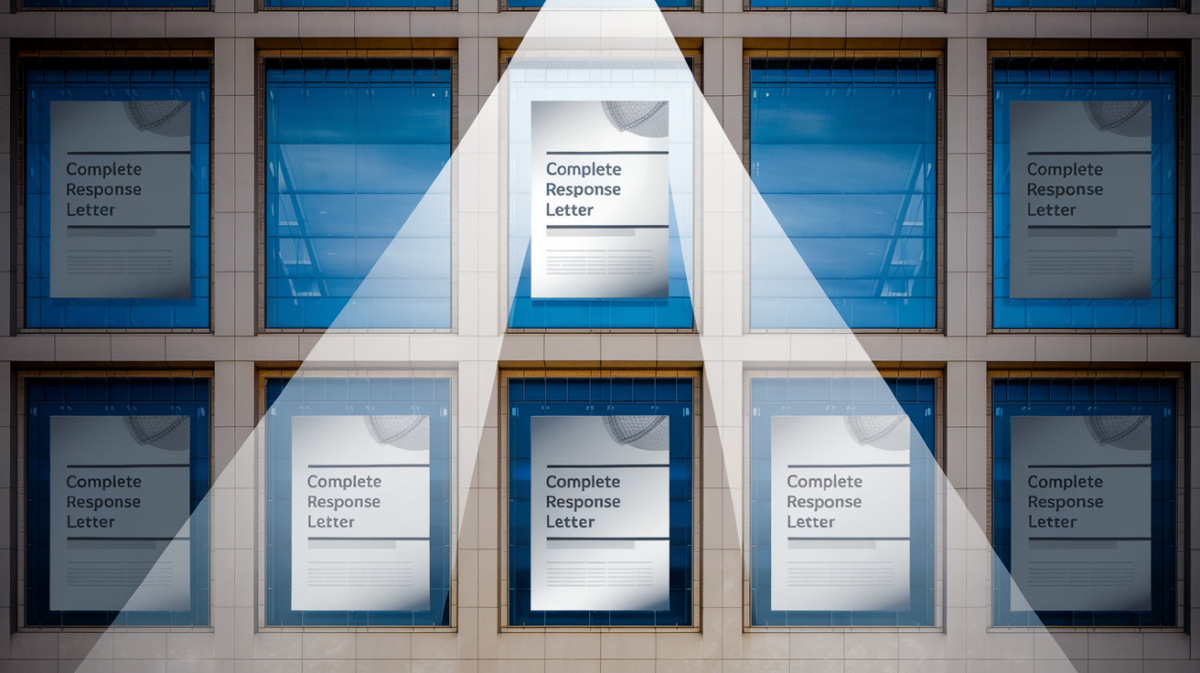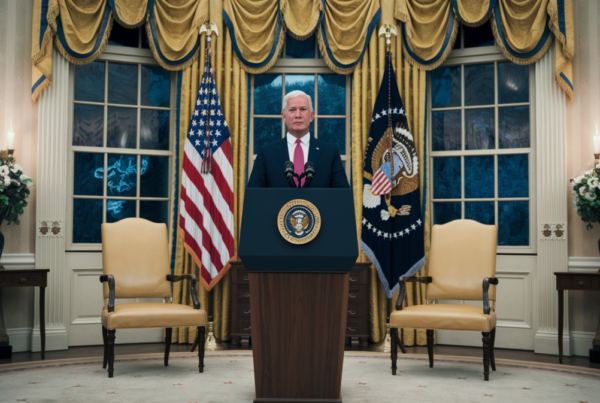Introduction
In a groundbreaking move, the U.S. Food and Drug Administration (FDA) has published over 200 Complete Response Letters (CRLs) on its openFDA platform. These letters, issued between 2020 and 2024, outline the reasons behind the rejection of drug and biological product applications. This unprecedented step marks a significant shift toward greater transparency in the drug approval process.
What Are Complete Response Letters?
Complete Response Letters (CRLs) are formal communications from the FDA to drug sponsors, indicating that an application cannot be approved in its current form. These letters typically highlight deficiencies in areas such as:
- Safety: Concerns about adverse effects or risks to patients.
- Efficacy: Insufficient evidence that the drug works as intended.
- Manufacturing: Issues with production processes or quality control.
- Bioequivalence: Problems demonstrating that a generic drug performs similarly to the brand-name version.
By making these letters public, the FDA aims to provide clarity about its decision-making process and help the pharmaceutical industry avoid common pitfalls.
Why This Move Matters
Historically, CRLs were not publicly disclosed, leaving drugmakers and the public in the dark about the specifics of FDA rejections. A 2015 FDA analysis revealed that sponsors often omitted critical details about safety and efficacy concerns when announcing rejected applications. This lack of transparency led to repeated mistakes and inefficiencies in drug development.
The FDA’s new initiative, dubbed “radical transparency,” seeks to change this by:
- Providing a clearer understanding of FDA expectations.
- Encouraging industry-wide learning from past mistakes.
- Building public trust in the regulatory process.
Impact on the Pharmaceutical Industry
The release of these CRLs is expected to reshape how drug developers approach the approval process. Here’s how:
| Area of Impact | Description |
|---|---|
| Industry Learning | Companies can now identify common issues and refine their development strategies. |
| Predictability | Investors and developers gain a clearer picture of FDA requirements, reducing uncertainty. |
| Public Trust | Transparency fosters confidence in the FDA’s commitment to safety and efficacy. |
Public and Industry Reactions
The FDA’s decision has been met with widespread approval, though some industry stakeholders have raised concerns about the potential exposure of proprietary information. The agency has addressed these worries by redacting sensitive details, such as trade secrets and confidential commercial data, from the published letters.
Dr. Jane Smith, a pharmaceutical analyst, commented, “This is a win for transparency and innovation. By understanding the FDA’s concerns, companies can avoid costly delays and bring safer drugs to market faster.”
What’s Next for the FDA?
The FDA has made it clear that this is just the beginning. The agency plans to release additional CRLs from its archives and explore other ways to enhance transparency. Future steps may include:
- Regular updates to the openFDA platform with new CRLs.
- Guidance documents to help sponsors interpret common deficiencies.
- Public forums to discuss trends in application rejections.
Conclusion
The FDA’s release of over 200 Complete Response Letters represents a major milestone in regulatory transparency. By shedding light on the reasons behind drug rejections, the agency is fostering a more open and collaborative environment for drug development. This initiative not only benefits the pharmaceutical industry but also ensures that patients have access to safer and more effective treatments.







